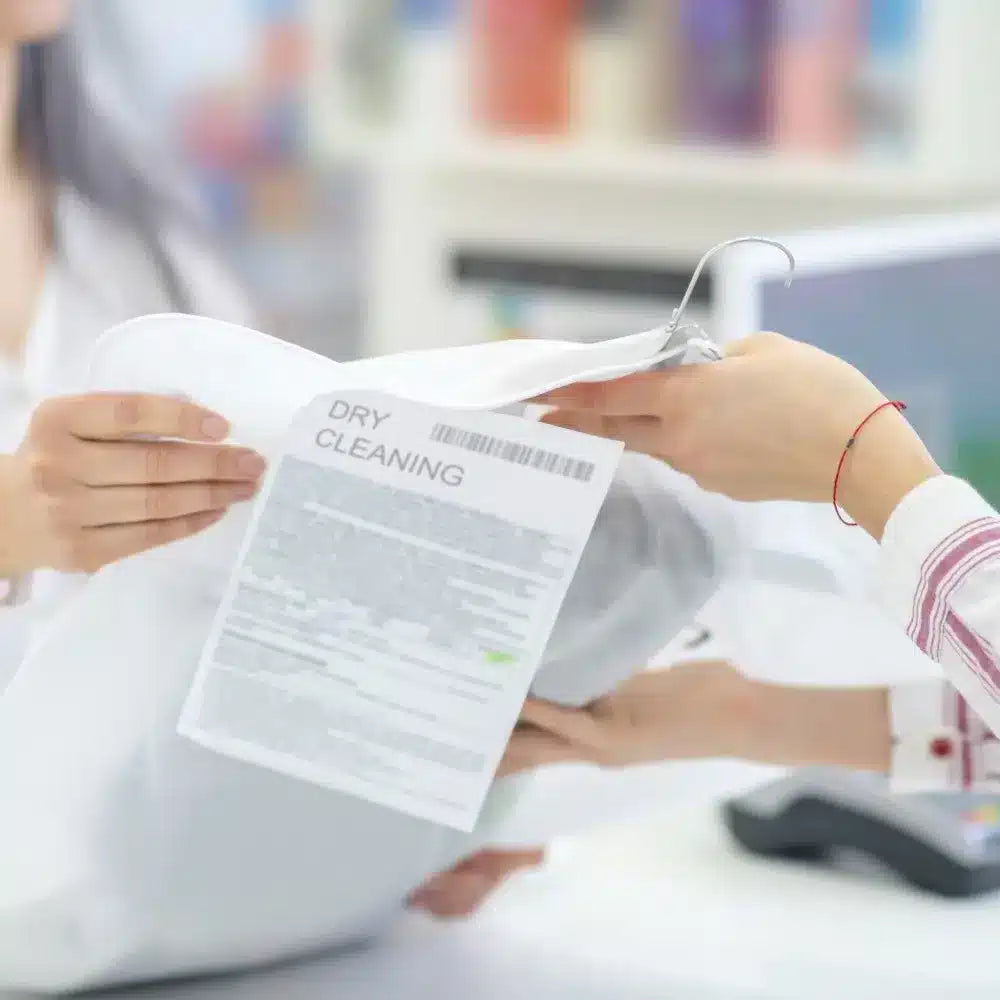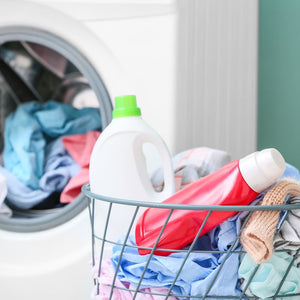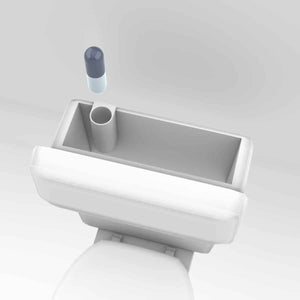As you probably know, traditional dry cleaning involves toxic chemicals. Dry cleaners use tetrachloroethylene (commonly known as “perc”), which is classified as a probable human carcinogen, with exposure conferring an increased risk of cervical and esophageal cancers, lymphoma, vision problems, and Parkinson’s disease. Perc enters the bloodstream via respiration or through skin absorption, and it ends up in the air and water, so we are all exposed to some amount of this stuff.
How can we minimize our exposure to perc?
Most dry cleaners continue to use perc (yes, it is still legal, although it is being phased out in some states), but you’ve no doubt noticed “organic” dry cleaning establishments popping up all over your neighborhood. “Organic” brings to mind things that are wholesome and healthful, so this must be good, right? Well…it depends.
Where food is concerned, the term “organic” refers to a method of growing that eschews the use of chemical pesticides, herbicides, and fertilizers that may be harmful to humans and to the environment–yay! In most other contexts, however, “organic” simply refers to any “compounds containing carbon.”
Well, most things on earth fall into that category, including–you guessed it–perc! So technically, because the industry is largely unencumbered by pesky government regulations, any dry cleaner can put a big ORGANIC sign in their window.
So what’s a concerned lady with dirty cashmere sweaters to do?
The good news is that an increasing number of establishments who advertise themselves as organic cleaners are indeed moving away from perc, perhaps because the people most likely to suffer health problems from perc are those with chronic exposure (I cringe when I see pregnant women behind the counter of my local cleaners).
Some perc alternatives are safe, while others are just good examples of greenwashing. And just to confuse the issue, they are all organic.
Gimme the Good Stuff exists to separate the good stuff from the bad and sneaky stuff, so here we go:
Good Stuff
There are only two methods that I feel comfortable classifying as “good” at this point:
- Liquid CO2 method. This process involves the conversion of carbon dioxide to its liquid form (then back into a gas) and is entirely chemical-free. The equipment required for this method is extremely pricey (as high as six figures), so your town may not have a cleaner who offers this. Note: If your cleaner uses the Solvair process to do its CO2 cleaning, it uses Dipropylene Glycol n-Butyl Ether (or DPnB) as one component in its cleaning fluid. While not natural, DPnB does not confer the health concerns associated with the ethylene glycols, with which it is often confused. Many bloggers (including yours truly), and even the Sierra Club, have incorrectly identified the solvent used by Solvair as highly toxic propylene glycol.
- Professional wet cleaning. It turns out that most “dry clean only” items can safely be cleaned with water and detergent, provided this is done by special computerized machines found at select dry cleaning establishments.
Bad Stuff
When it comes to drycleaning, perc is bad stuff, obvi. I hope I’ve sufficiently scared you out of continuing to bring your clothes to old-school dry cleaning places.
Sneaky Stuff
DF-2000. Some “organic” dry cleaners actually don’t use perc these days. This sounds great, but you’ll need to ask if they are using a petroleum-based solvent called DF-2000 in its place. Produced by Exxon-Mobile, DF-2000 is classified as a neurotoxin by the EPA, and while I do believe it is less concerning than perc, it is not, by any stretch of the imagination, non-toxic.
GreenEarth Cleaning. Your “organic” cleaner may use the GreenEarth Cleaning method, which relies on D-5 silicone (technically known as decamethylcyclopentasiloxane–spell check just threw up) to clean garmets. This option sounded good to me at first since I’ve done a lot of research on silicone and it seems to be harmless, but the truth is that D-5’s potential toxicity is largely unknown (some animal studies suggest that it may be carcinogenic in large doses.) Overall, GreenEarth Cleaning is certainly better than old-school perc dry cleaning, but the safety of D-5 is still questionable.
Bottom line–here’s how to safely have your clothes dry cleaned:
Ignore the “organic” sign. It’s meaningless. Instead, ask your dry cleaner if they offer wet cleaning, and if they do not, find an establishment that provides the liquid CO2 method.
Oh, and if you live above or next to a dry cleaners, it’s probably worth having the air in your home tested to be sure you aren’t being exposed to high (or even low) levels of perc on a daily basis.
Stay sane,
Note: This article contains affiliate links or sponsored content, which means that if you make a purchase, we may earn a commission. We only recommend products that meet our strict standards for non-toxicity and that we use (or want to use!) ourselves. Thank you so much for supporting the brands that make Good Stuff!
Tags:Cleaning Product Guides,
Contaminants







1 comment
Roberto
I was diagnosed with Parkinson’s disease four years ago. For over two years, I relied on prescription medications and therapies, but unfortunately, the symptoms continued to worsen. My mobility declined, tremors increased, and I experienced growing fatigue and discomfort that affected my daily life. Last year, out of desperation and hope, I decided to try an herbal treatment program from NaturePath Herbal Clinic. Honestly, I was skeptical at first, but within a few months of starting the treatment, I began to notice real changes. My energy improved, the discomfort eased, and I felt stronger and more capable in my daily life. Incredibly, I also regained much of my stamina, balance, and confidence. It’s been a life-changing experience I feel more like myself again, better than I’ve felt in years. If you or a loved one is struggling with Parkinson’s disease, I truly recommend looking into their natural approach. You can visit their website at www.naturepathherbalclinic.com
info@naturepathherbalclinic.com